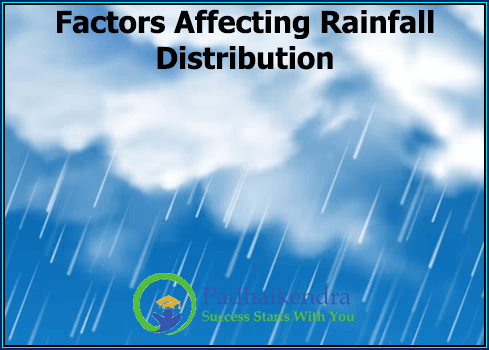Rainfall distribution is affected by various factors, including:
- Latitude and location: The distribution of rainfall is largely influenced by latitude and location. Areas near the equator typically receive more rainfall due to the convergence of moist air masses, while areas near the poles receive less rainfall due to colder temperatures and drier air.
- Topography: Topography can also affect rainfall distribution. Mountains and highland areas typically receive more rainfall than lowland areas due to orographic lifting, which causes moist air to rise and cool, leading to precipitation.
- Prevailing winds: Prevailing winds can also influence rainfall distribution. Areas located on the windward side of mountains or near the coast often receive more rainfall due to the moisture carried by the prevailing winds.
- Seasonal variations: Seasonal variations in rainfall are common in many regions. For example, areas in the tropics often experience a wet season and a dry season due to the shifting of the Inter-Tropical Convergence Zone.
- El Niño and La Niña: El Niño and La Niña are climate phenomena that can affect rainfall distribution globally. During an El Niño event, the Pacific Ocean becomes warmer than usual, causing changes in atmospheric circulation patterns and leading to drier conditions in some regions and wetter conditions in others. The opposite occurs during a La Niña event.
- Human activities: Human activities such as deforestation, urbanization, and agriculture can also affect rainfall distribution. Deforestation, for example, can reduce the amount of moisture that is released into the atmosphere through transpiration, leading to drier conditions. Urbanization can also lead to increased runoff and decreased infiltration, leading to changes in the hydrological cycle and rainfall patterns.
Understanding the factors that affect rainfall distribution is important for managing water resources, predicting weather patterns, and planning for potential hazards such as droughts or floods.





